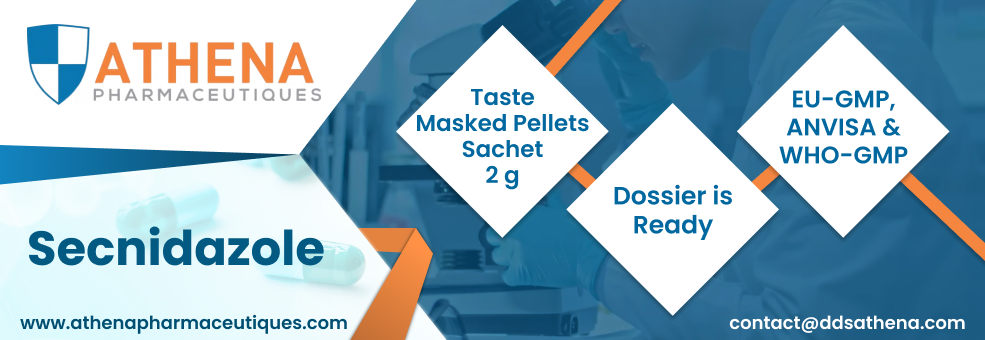


06 Oct 2025
// INDPHARMAPOST
https://www.indianpharmapost.com/news/evofems-solosec-submitted-for-regulatory-approval-in-the-uae-17945

01 Oct 2025
// PR NEWSWIRE
https://www.prnewswire.com/news-releases/evofems-solosec-submitted-for-marketing-approval-in-united-arab-emirates-302571886.html

11 Jun 2025
// PR NEWSWIRE
https://www.prnewswire.com/news-releases/notable-data-on-evofems-solosec-in-recurrent-bacterial-vaginosis-bv-released-at-acog-annual-meeting-302478349.html

22 May 2025
// PR NEWSWIRE
https://www.prnewswire.com/news-releases/evofem-signs-solosec-license-agreement-for-middle-east-with-pharma-1-302461405.html

15 Jul 2024
// MONEY CONTROL
https://www.moneycontrol.com/news/business/companies/lupin-divests-womens-health-specialty-business-in-us-to-evofem-for-84-million-12769646.html

15 Jul 2024
// PR NEWSWIRE
https://www.prnewswire.com/news-releases/lupin-divests-us-commercial-womens-health-specialty-business-to-evofem-including-solosec-302196783.html
